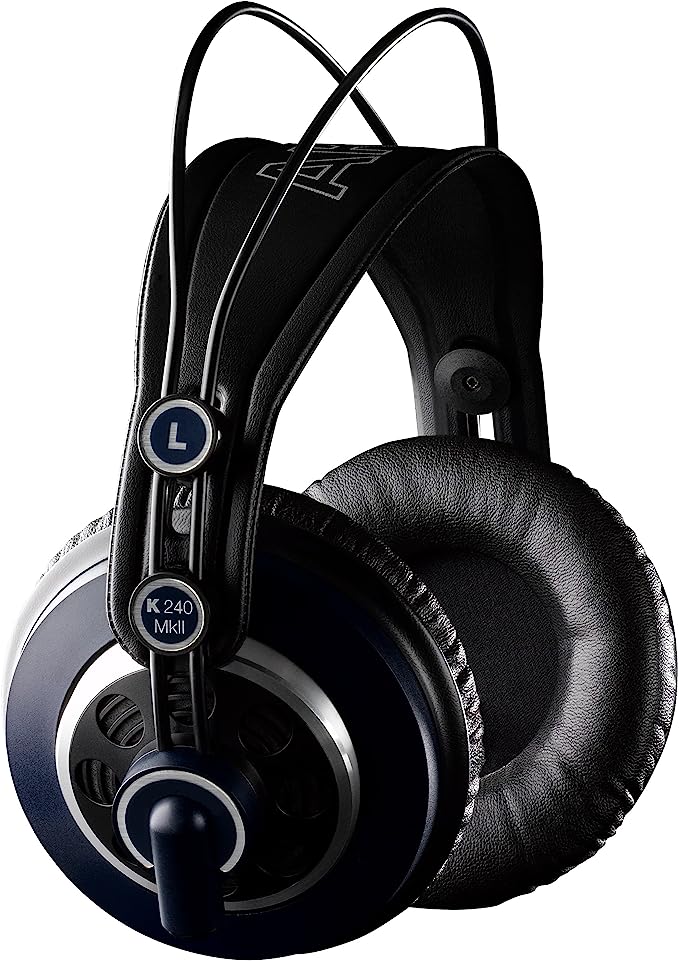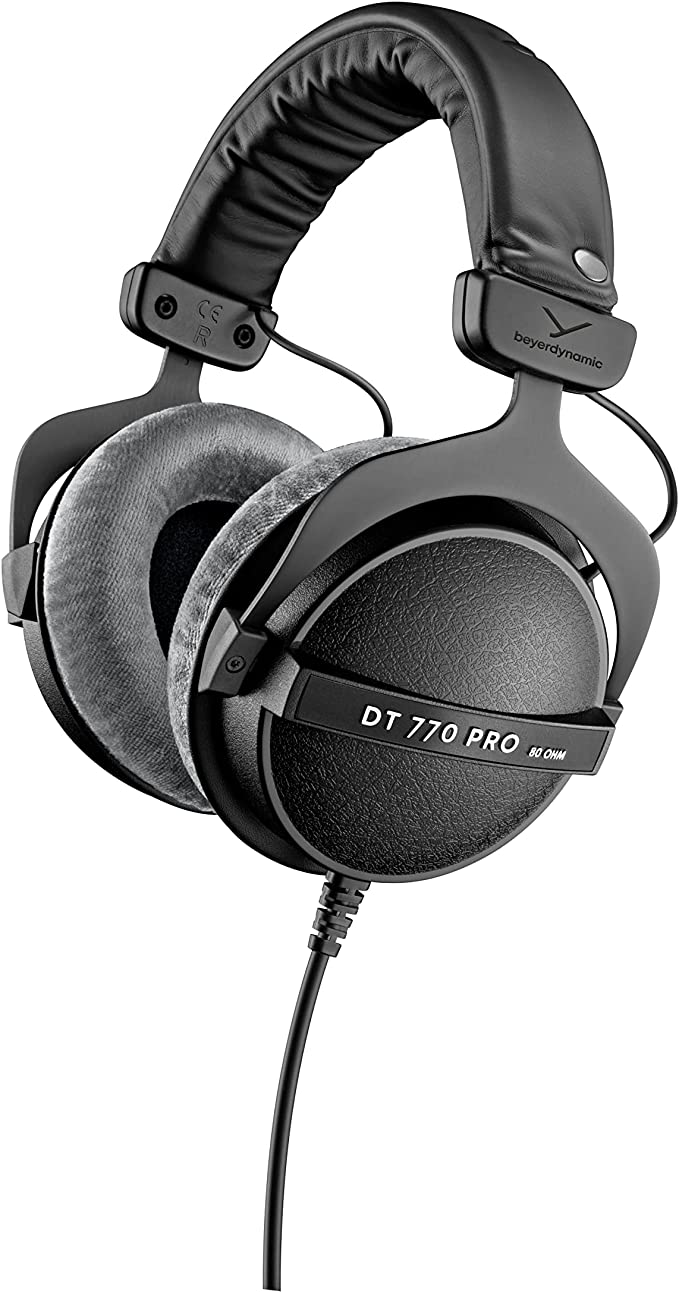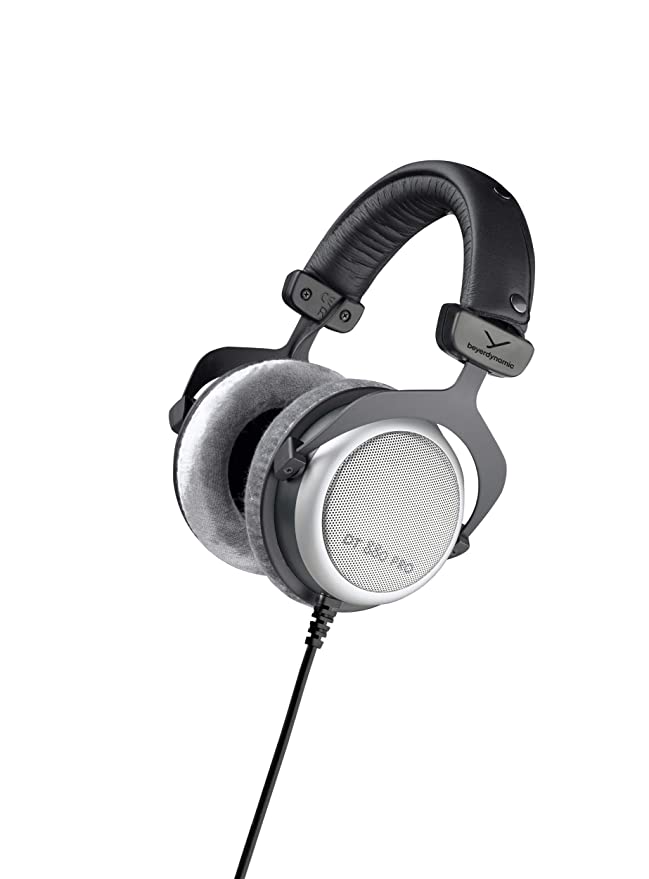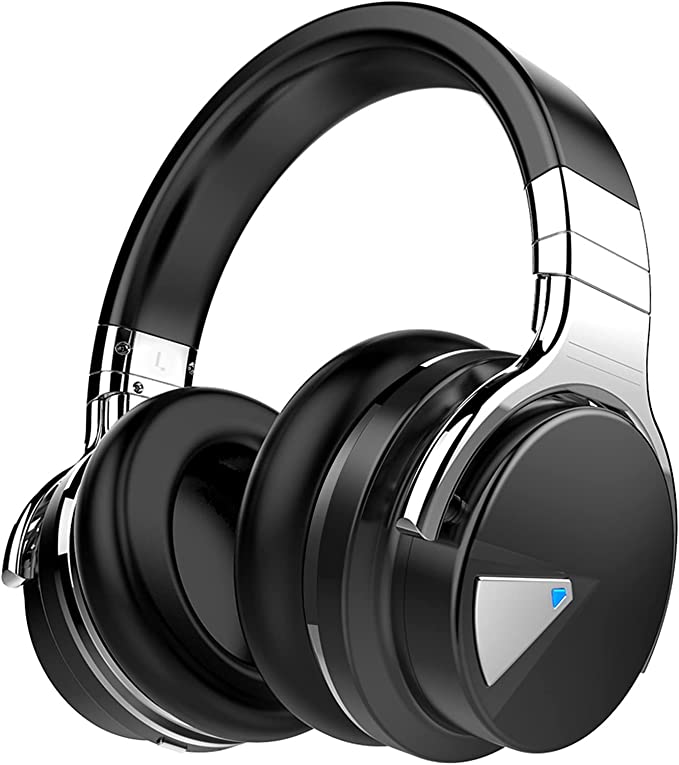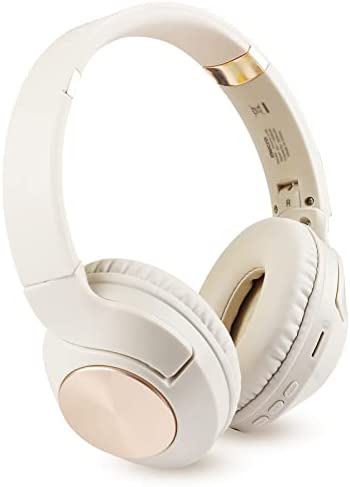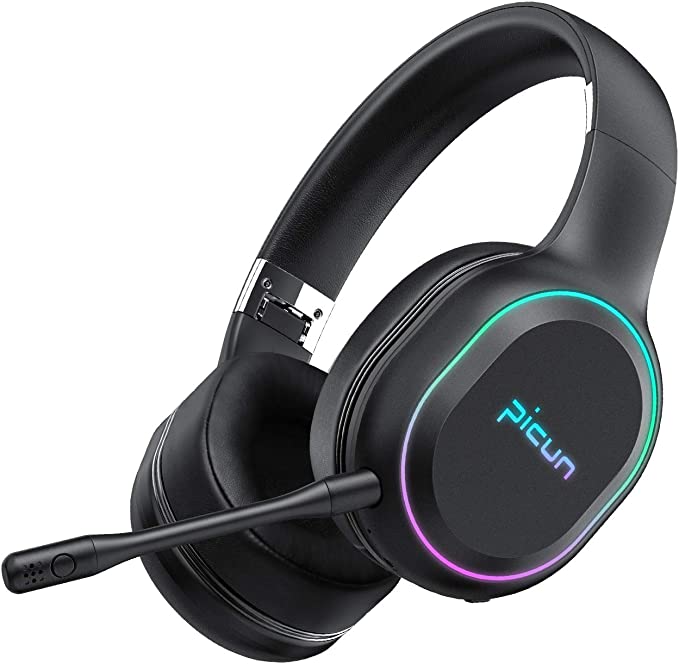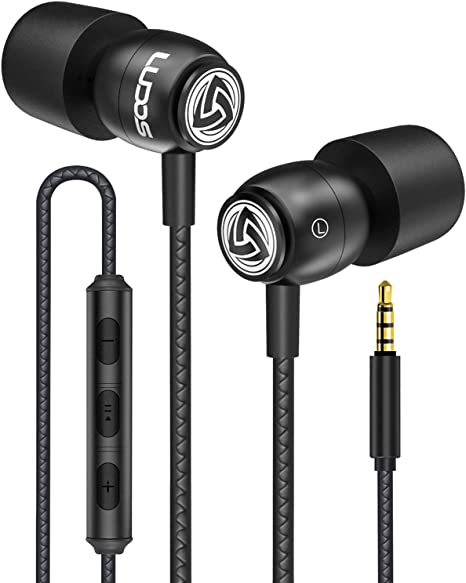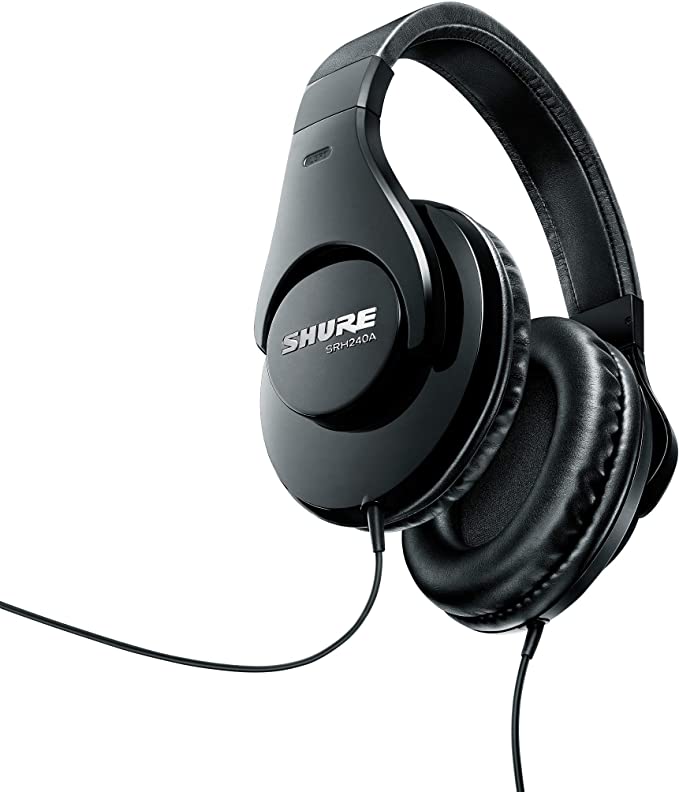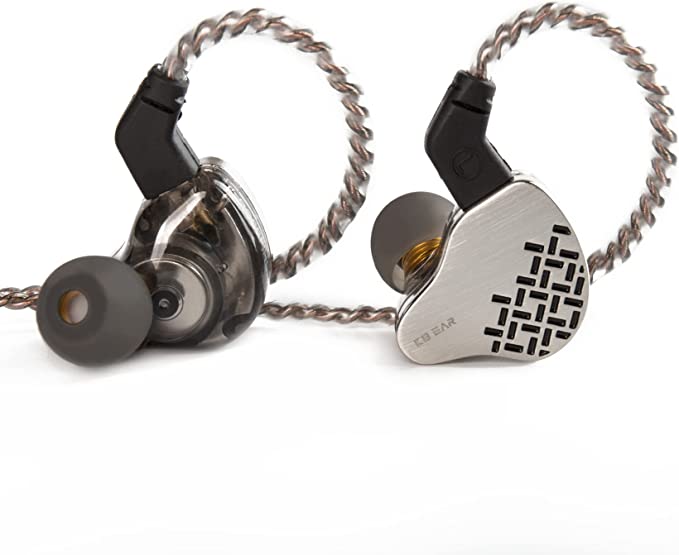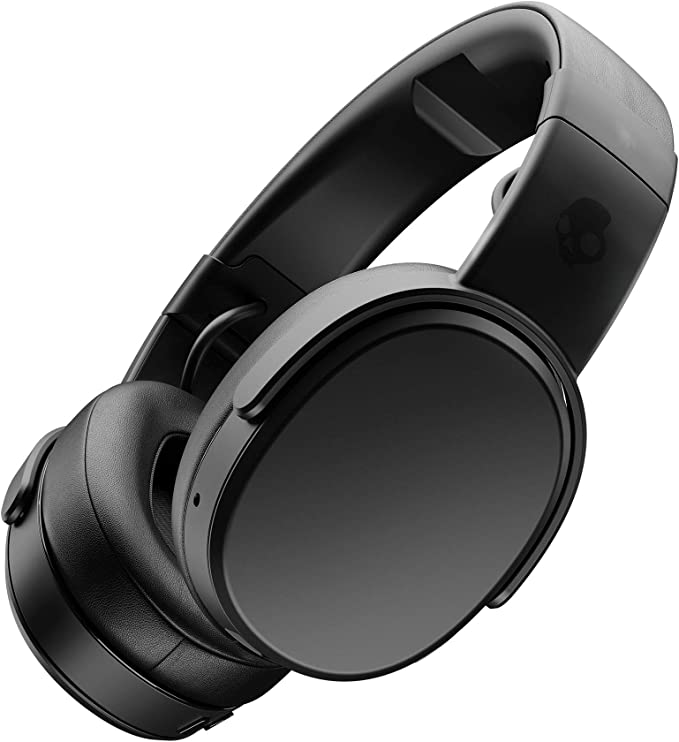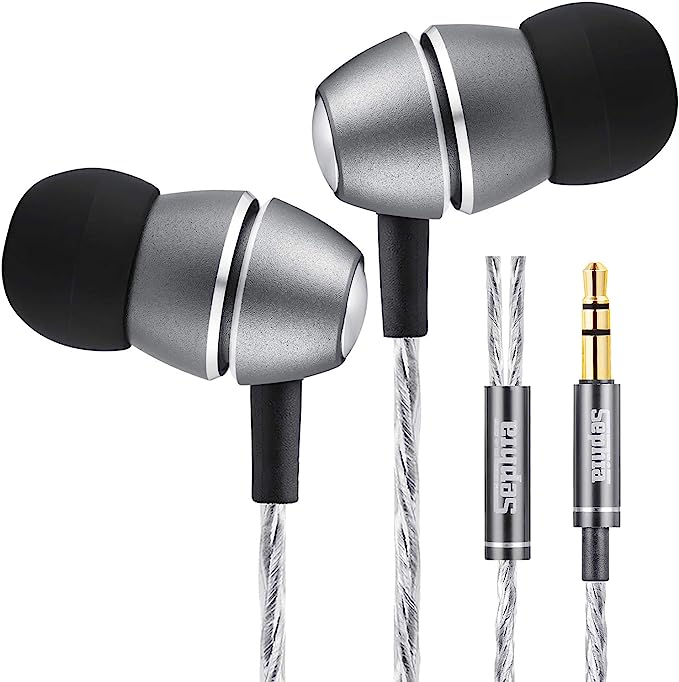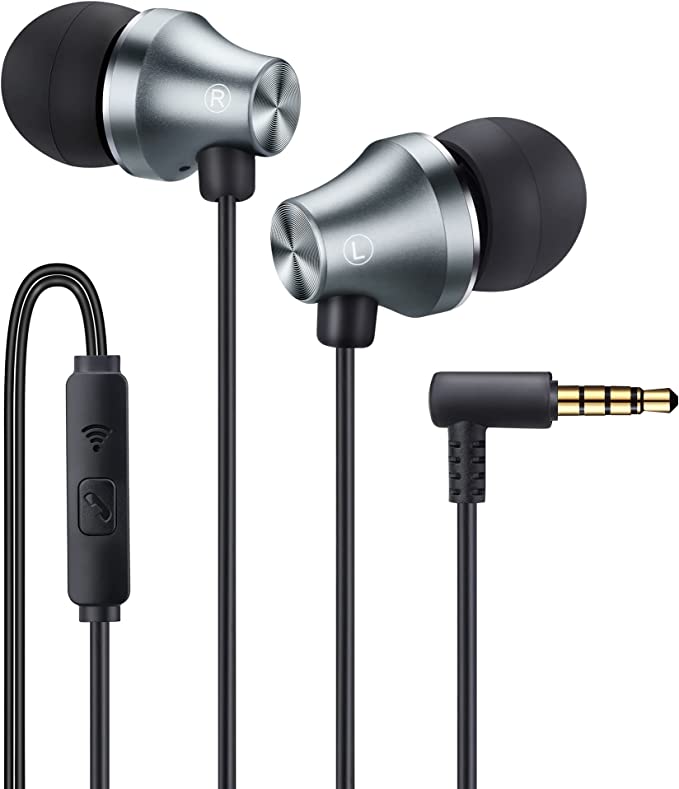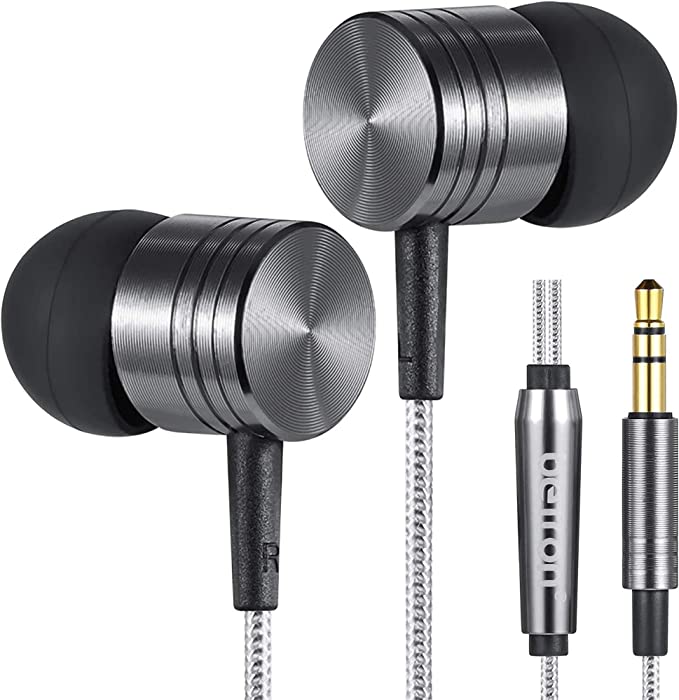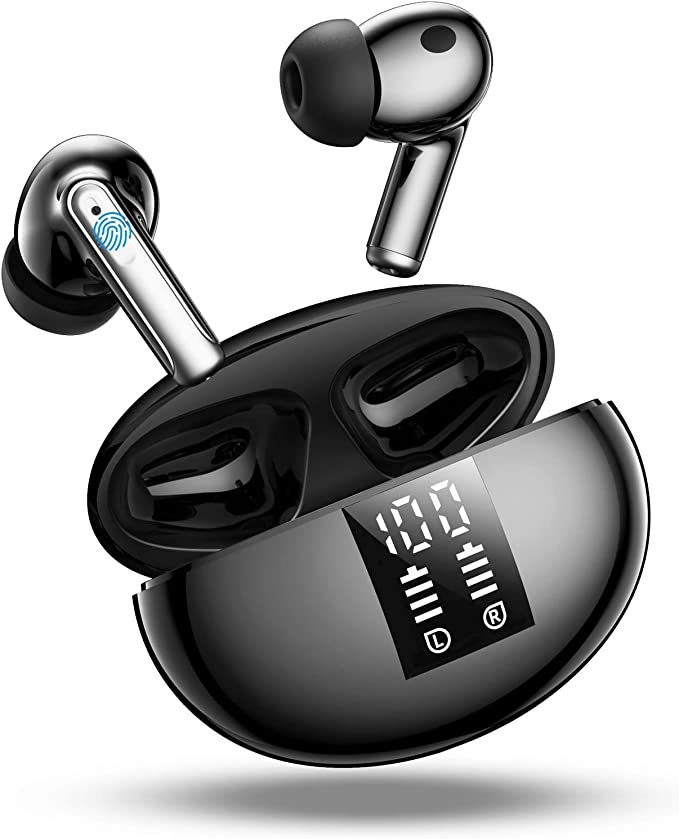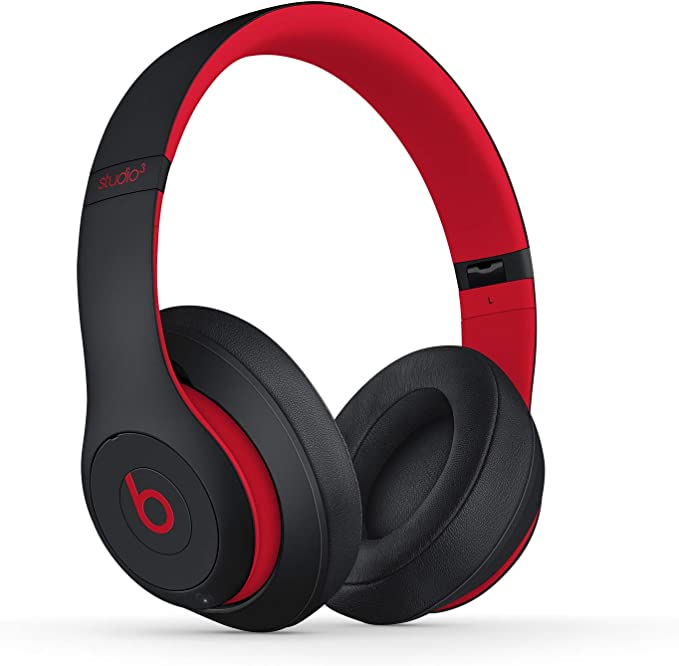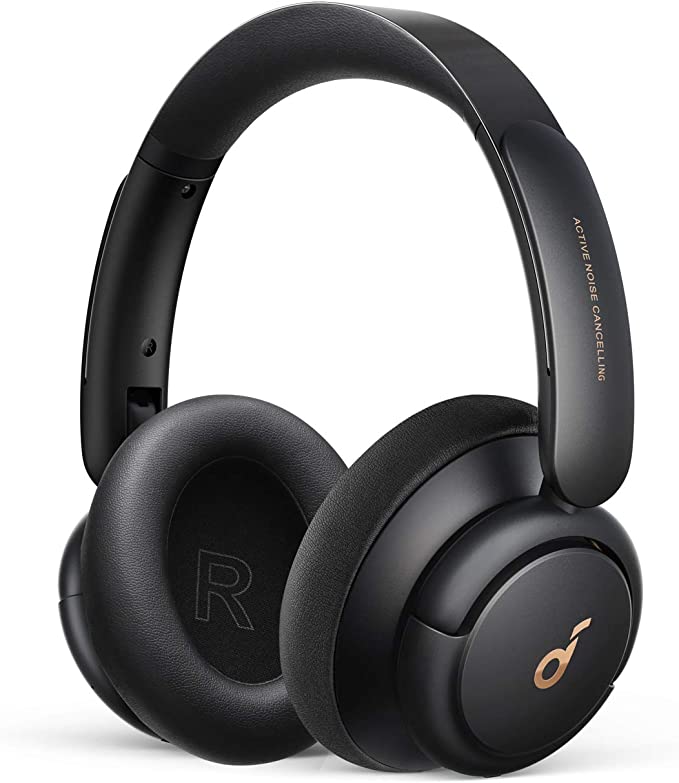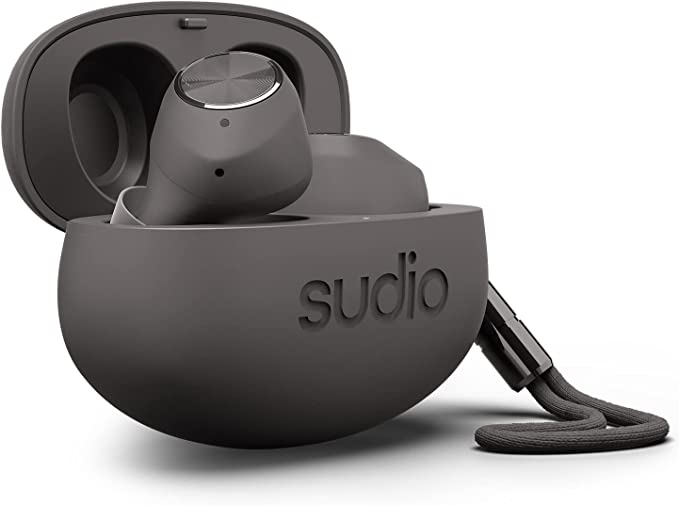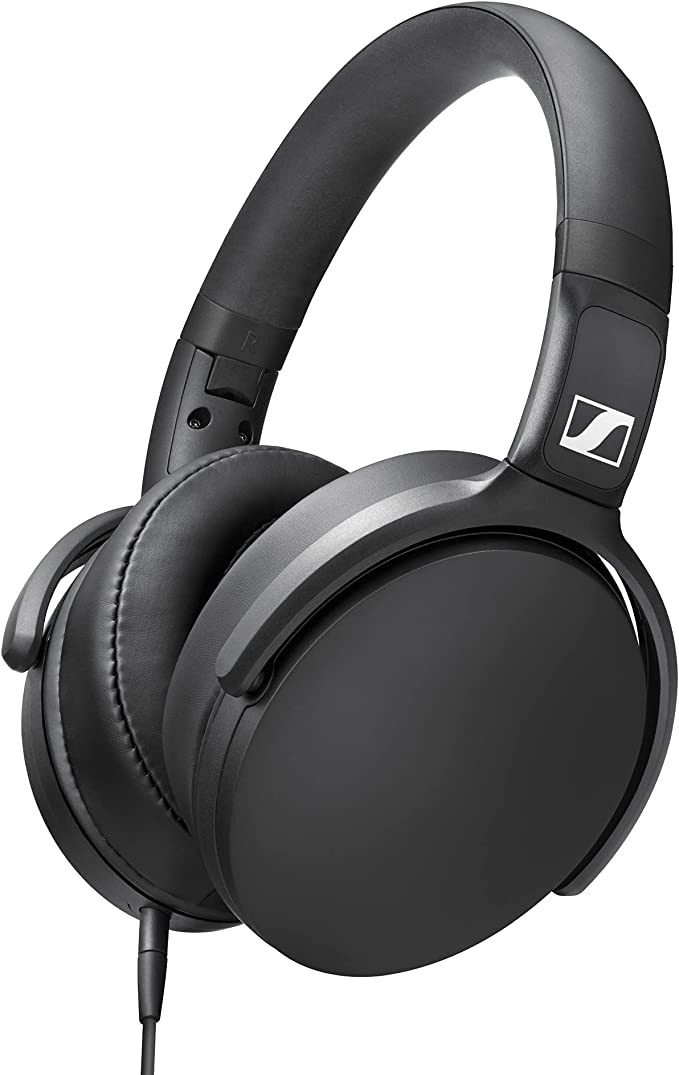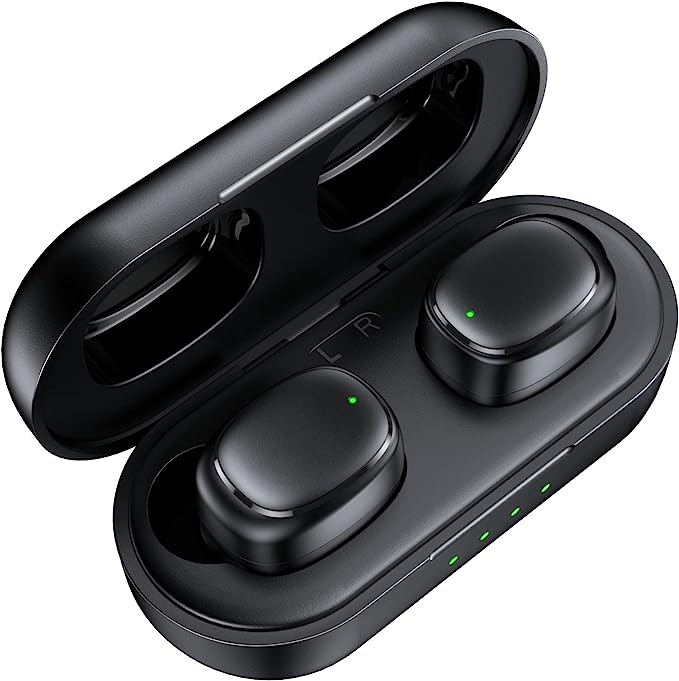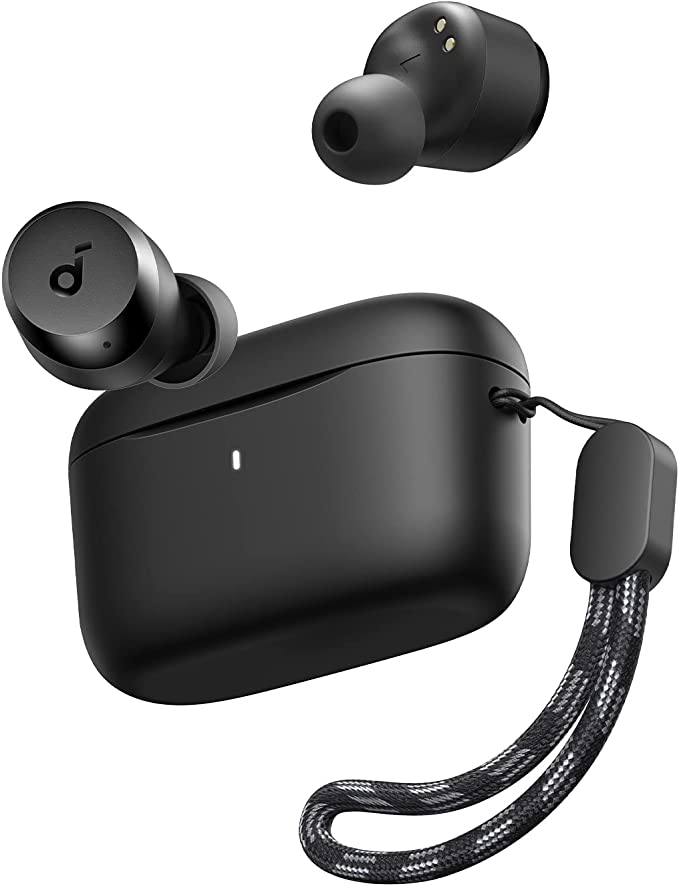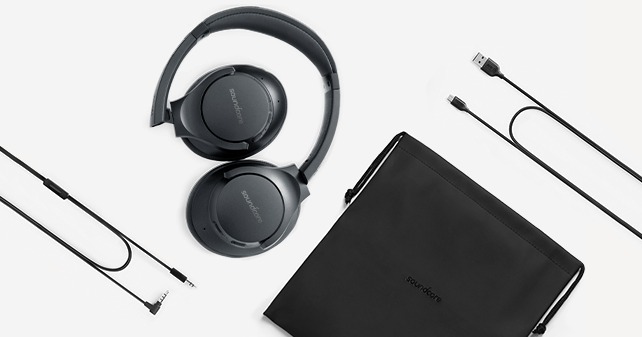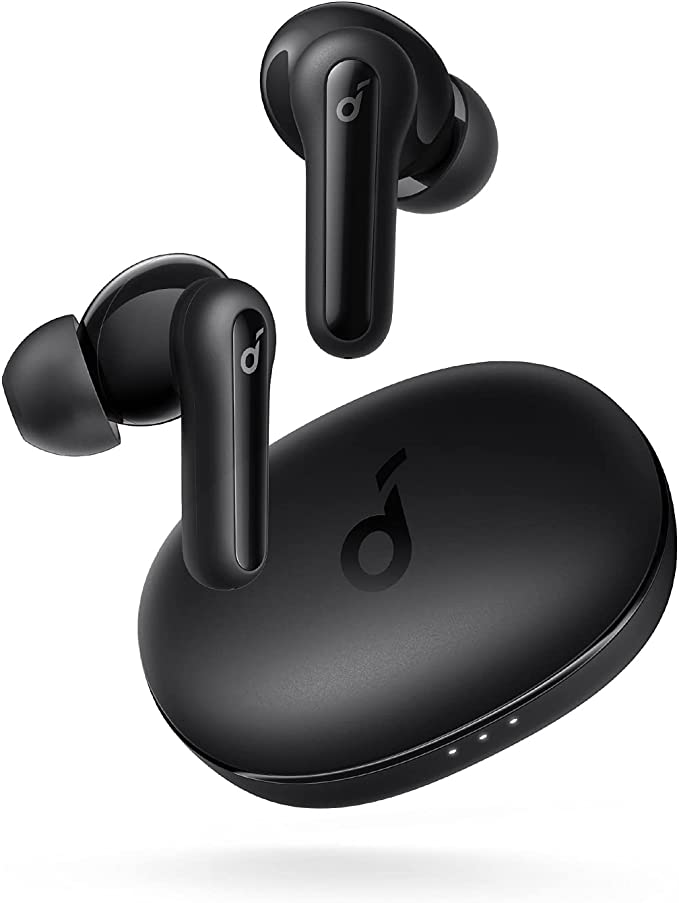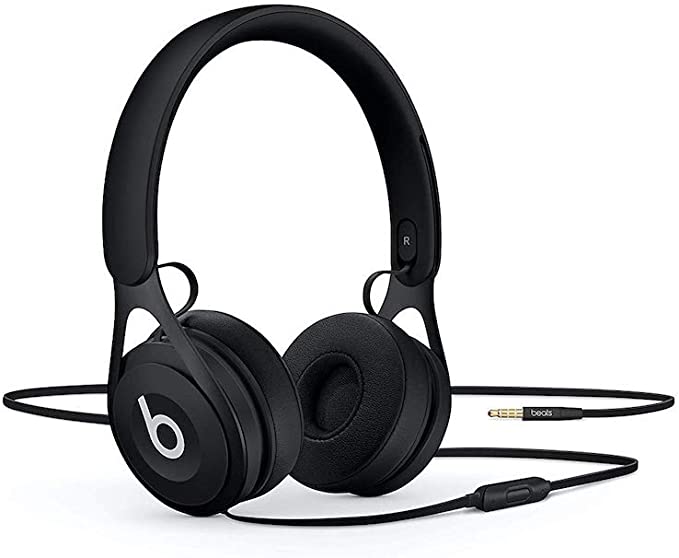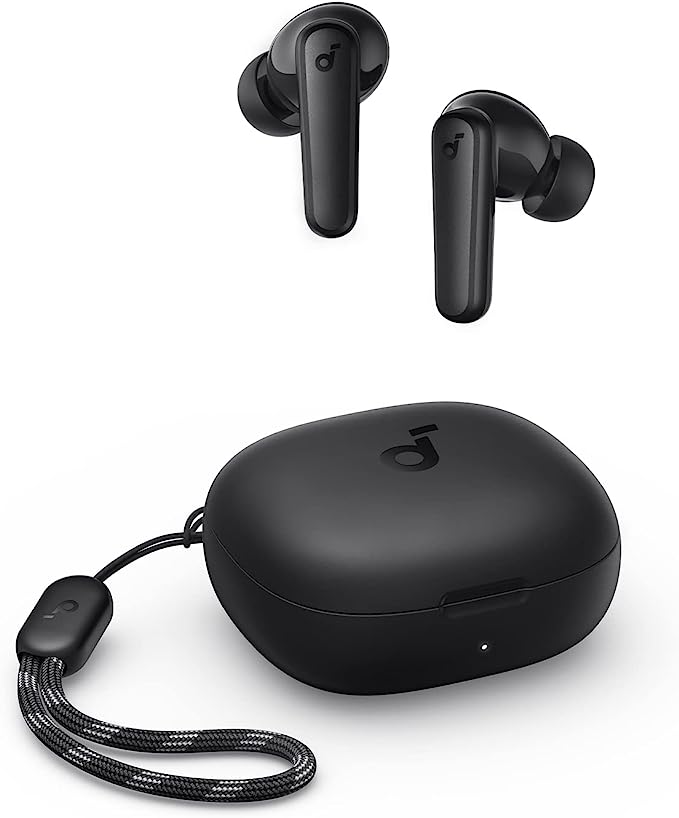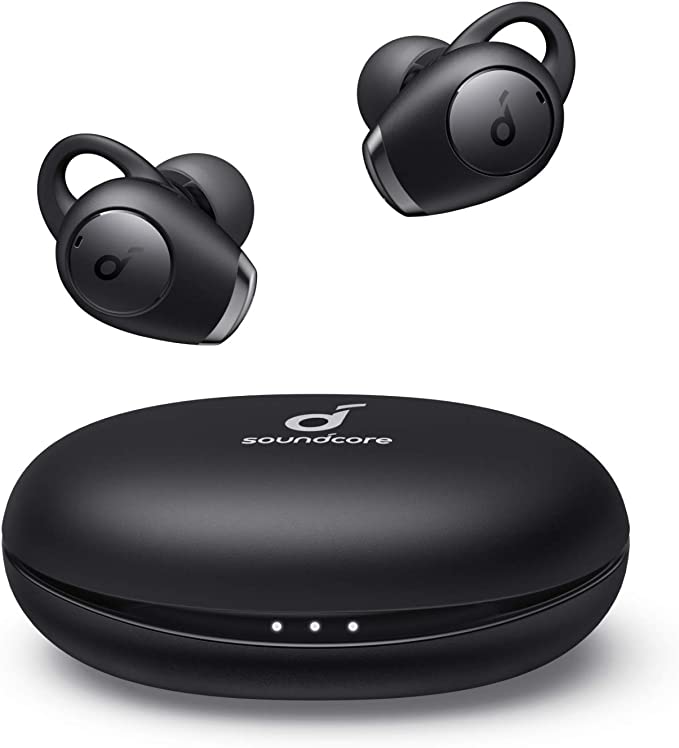Audio-Technica ATH-M30x : Science of Studio Sound & Isolation Explained
Update on April 13, 2025, 1:09 p.m.
We live immersed in sound, yet truly hearing – perceiving the intricate details, the subtle textures, the precise placement of instruments in a piece of music, or the clear articulation in a voice – often requires stepping away from the noise. It demands tools designed not just to play sound, but to reveal it. For musicians, producers, content creators, and discerning listeners, this quest for clarity is paramount. Enter headphones like the Audio-Technica ATH-M30x, born from a lineage of professional studio equipment, promising detailed audio reproduction. But what does that actually mean? Let’s peel back the layers and explore the science and thoughtful engineering packed into these accessible monitor headphones.

The Heartbeat: Inside the M30x’s 40mm Sound Engine
At the core of any headphone, the component responsible for translating electrical signals into the sound waves that reach your ears is the driver. Think of it as the headphone’s voice, or perhaps its engine. The ATH-M30x employs 40 millimeter (mm) dynamic drivers. This size is fairly common, capable of moving enough air to reproduce a wide range of frequencies, from the rumble of bass to the shimmer of cymbals. However, the real magic lies not just in the size, but in the specific components driving that movement.
Audio-Technica highlights two key elements here: rare earth magnets and copper-clad aluminum wire (CCAW) voice coils. Let’s break down why these aren’t just fancy terms:
-
Science Spotlight: Rare Earth Magnets – More Than Just Strong: Most likely neodymium magnets, these are significantly more powerful for their size compared to traditional ferrite magnets. Imagine trying to control a tiny vibrating surface (the driver diaphragm) very precisely. A stronger magnetic field provides tighter control over the voice coil moving within it. This enhanced control translates directly to sound quality: it can reduce unwanted vibrations and distortions, allowing the diaphragm to track the original audio signal more faithfully. The result? Cleaner, more accurate sound reproduction.
-
Science Spotlight: CCAW Voice Coils – The Need for Speed: The voice coil is the wire loop that receives the audio signal and moves within the magnetic field, pushing and pulling the diaphragm. Copper is an excellent conductor, but aluminum is significantly lighter. CCAW cleverly combines these, using an aluminum core clad in copper. Why the obsession with lightness? Physics tells us that lower mass means higher acceleration is possible with the same force. In audio terms, a lighter voice coil can react much more quickly to the rapid changes in the electrical audio signal. This superior “transient response” is crucial for reproducing sharp, sudden sounds – the crack of a snare drum, the pluck of a guitar string, the consonants in speech – with crispness and definition. This directly contributes to the M30x’s tuning goal of “enhanced detail.”
Together, the powerful, controlling magnets and the nimble, lightweight voice coils form a synergistic system within the 40mm driver, engineered to deliver sound with accuracy and clarity.

Tuning for Truth: The Art of Mid-Range Clarity
Headphones can be tuned like musical instruments, emphasizing different frequency ranges to create a specific sonic character. Many consumer headphones boost bass for a ‘fun’ sound or treble for ‘sparkle’. Studio monitor headphones, however, generally strive for a more neutral or “flat” response. The goal isn’t necessarily to sound impressive, but to sound accurate – to present the audio exactly as it was recorded and mixed, warts and all. This honesty is vital for producers making critical decisions.
The ATH-M30x description states they are “Tuned for enhanced detail, with excellent mid-range definition.” This focus on the mid-range is particularly telling. Why are the mids (roughly 300 Hz to 4 kHz) so important? This is where the fundamental frequencies and crucial harmonics of human voices and most melodic instruments reside. Guitars, pianos, vocals – their core identity lives in the mid-range. Excellent definition here means you can clearly distinguish individual instruments in a mix, easily understand dialogue or podcast vocals, and perceive the nuances of a singer’s performance. While perhaps not offering the booming bass some crave, this mid-focused clarity is invaluable for critical listening and production tasks, and translates to exceptionally clear vocals and instrumentation for everyday enjoyment.
The commonly cited frequency response for the M30x (often listed around 15 Hz to 22,000 Hz, though sourced from user reviews/comparisons rather than the main product description) suggests a capability to reproduce the full range of human hearing (typically 20 Hz to 20,000 Hz), ensuring you don’t miss out on the deep lows or airy highs present in the source material.
Your Personal Sound Booth: The Physics of Isolation
Whether you’re tracking vocals in a home studio, trying to mix on a noisy train, or simply seeking focus in a bustling environment, unwanted external sound is the enemy of concentration and accurate listening. The ATH-M30x tackles this using its physical design – specifically, its “Circumaural design contours around the ears for excellent sound isolation in loud environments.”
- Science Spotlight: How Passive Isolation Works: “Circumaural” simply means the earcups are large enough to fit completely around your ears, resting on the head rather than directly on the earlobes (like “on-ear” headphones). This creates a physical seal. The earpads, combined with the solid closed-back structure of the earcups, act like miniature soundproof walls. They physically block a significant amount of ambient sound waves from reaching your eardrums. This is known as passive isolation – it requires no batteries or complex electronics, unlike Active Noise Cancellation (ANC) which uses microphones and processing to electronically cancel noise. The benefit is twofold: it helps you hear the details in your audio without cranking the volume to dangerous levels, and in a studio setting, it prevents the headphone sound from leaking out and being picked up by sensitive microphones. It effectively creates a personal listening bubble.
Built for the Journey: Design, Durability, and Practical Touches
A tool, especially one intended for professional or semi-professional use, needs to be more than just sonically capable; it needs to be practical and reliable. Audio-Technica emphasizes the M30x’s “Advanced build quality and engineering” and “robust construction.” This speaks to the need for headphones that can withstand the rigors of daily use, whether in a studio, tossed in a backpack for field recording, or simply used consistently at home. User feedback often corroborates this, highlighting their sturdy feel.
Several design features enhance usability:

- Convenient Single-Side Cable Exit: The 3.0m (9.8-foot) straight cable emerges from only one earcup (typically the left). This is a standard feature on studio headphones, designed to keep the cable out of the way, reduce the chance of tangling, and feel less cumbersome than Y-split cables. The generous length provides ample freedom of movement when connected to desktop interfaces, mixers, or amps. It’s worth noting the cable is permanently attached, a common design choice in this price range for durability or cost reasons, though less flexible than detachable options.
- Collapsible for Portability: The earcups fold inward, making the headphones significantly more compact for storage or travel. Combined with the included protective carrying pouch, this enhances their practicality for users on the move – aligning with their suitability for “field recording.”
-
Versatile Connectivity: The cable terminates in a standard 3.5mm stereo plug, fitting virtually all modern laptops, tablets, and smartphones. Crucially, it also includes a 6.3 mm (1/4”) screw-on adapter. This allows seamless connection to professional audio interfaces, mixing consoles, headphone amplifiers, and some musical instruments (like digital pianos or guitar multi-effects units) that use the larger jack format.
-
A Note on Fit: While designed for isolation, the nature of over-ear, closed-back headphones means the fit can be subjective. The clamping force needed to create a good seal might feel tight for some users, particularly during long sessions, as noted in some user feedback. Earpad materials, too, while functional, might not offer the plushness of luxury models, and some users have reported wear over extended time – common trade-offs in achieving this level of performance at this price point.

Hearing More: Where Studio Science Meets Everyday Listening
The Audio-Technica ATH-M30x stands as an excellent example of how principles honed in the demanding environment of the recording studio can translate into tangible benefits for a wide audience. By understanding the interplay of its 40mm drivers powered by responsive CCAW voice coils and controlled by strong rare earth magnets, we can appreciate how it achieves its detailed sound. Recognizing the purpose behind its mid-range focused tuning illuminates why vocals and instruments cut through with such clarity. Comprehending the simple physics of its circumaural design reveals the effectiveness of its passive sound isolation. And acknowledging the practical design choices underscores its readiness for real-world use.
It may not possess the absolute neutrality of high-end monitors or the feature set of wireless ANC headphones, but the ATH-M30x delivers on its core promise: clear, detailed, and isolated sound, rooted in scientific principles and accessible engineering. For anyone seeking to hear more deeply into their music, podcasts, or creative projects without breaking the bank, it represents a compelling gateway into the world of accurate audio reproduction.
[//]:(version:20250412 001)



